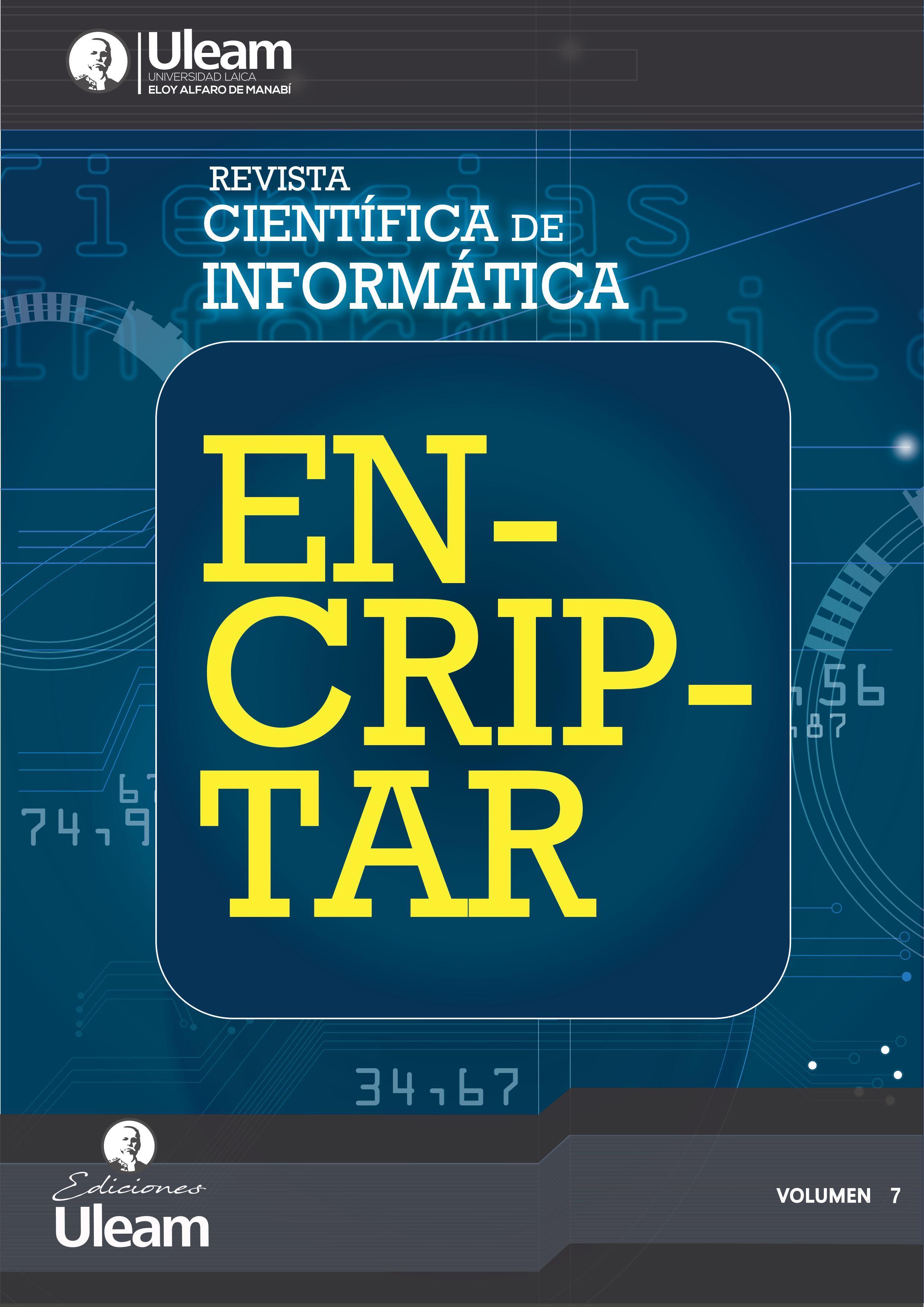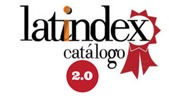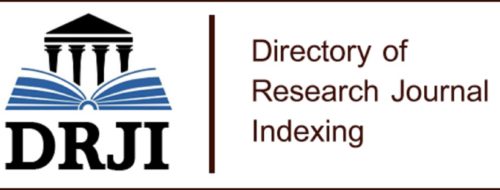Machine learning models: application and efficiency
DOI:
https://doi.org/10.56124/encriptar.v7i14.005Keywords:
machine learning, artificial intelligence, types of modelsAbstract
There are many systems that are studied and developed in the field of machine learning and artificial intelligence which are constantly evolving fields that have transformed a multitude of industries and applications around the world. The purpose of this study lies in a comprehensive review of 120 articles, highlighting the diversity of data types used in machine learning, from structured data such as tables and time series to unstructured data such as images and text. To develop this research, a systematic review of the literature was carried out, originating from the search for computational models used in different areas of human knowledge; The search proceeded with the execution of the data extraction, describing each of the fields considered for the analysis of the information; The data was processed and analyzed considering the models with the highest frequency of use and their performance metrics. The results of this research highlight the preference of the Support Vector Machines model as the most frequently used in a variety of applications. Likewise, the research also reveals that, in terms of efficiency and precision, the Gradient Boosting and Artificial Neural Networks models stand out significantly. These results evidence the importance of interdisciplinary collaboration and the need for proper application to ensure that machine learning and artificial intelligence continue to be drivers for technological advancement.
Downloads
References
Arnau Sabatés, L., & Sala Roca, J. (2020, Abril 23). La revisión de la literatura científica: Pautas, procedimientos y criterios de calidad. https://ddd.uab.cat/pub/recdoc/2020/222109/revliltcie_a2020.pdf
Beunza Nuin, J. J., Sanz, E. P., Vila, B. R., Moreno, E. C., & Sanz, J. B. (2023). Manual práctico de inteligencia artificial en entornos sanitarios (DRK edicion ed.). Elsevier España, S.L.U. https://books.google.com.ec/books?id=aQWtEAAAQBAJ&newbks=1&newbks_redir=0&printsec=frontcover&hl=es#v=onepage&q&f=false
Carrizo, D., & Moller, C. (2018, Agosto 06). Estructuras metodológicas de revisiones sistemáticas de literatura en Ingeniería de Software: un estudio de mapeo sistemático. Revista chilena de ingeniería, 26, 45-54. https://www.scielo.cl/pdf/ingeniare/v26s1/0718-3305-ingeniare-26-00045.pdf
Herrera Zurita, A. (2016, 06). Aprendizaje Automático para la detección de ataques informáticos. https://core.ac.uk/download/pdf/78544263.pdf
LOZANO ORTEGA, M. A., COLOMINA PARDO, O., ESCOLANO RUIZ, F., CAZORLA QUEVEDO, M. A., & ALFONSO GALIPIENSO, M. I. (2003). Inteligencia artificial. Ediciones Paraninfo, S.A. https://books.google.com.ec/books?hl=es&lr=&id=_spC6S7UfZgC&oi=fnd&pg=PP1&dq=articulos+de+Inteligencia+artificial&ots=sQmsJFNuBW&sig=NKwzb6z0DGe4pfRQnD6Rdb63Z28#v=onepage&q&f=false
Ocaña Fernández, Y., Valenzuela Fernández, L. A., & Garro Aburto, L. L. (2019, mayo/agosto). Inteligencia artificial y sus implicaciones en la educación superior. Propósitos y Representaciones, volumen 7. http://dx.doi.org/10.20511/pyr2019.v7n2.274
Pineda Pertuz, C. M. (2022). Aprendizaje automático y profundo en Python: una mirada hacia la inteligencia artificial. Ra-Ma Editorial. https://books.google.es/books?hl=es&lr=&id=NEi9EAAAQBAJ&oi=fnd&pg=PA7&dq=aprendizaje+automatico+y+profundo+en+python&ots=b2D58vlfIb&sig=Yun_SbwxLBwDGm6E2sBAXUuFYp0#v=onepage&q&f=false
Sandoval, L. J. (2018, Julio 19). MACHINE LEARNING ALGORITHMS FOR DATA ANALYSIS AND PREDICTION. REVISTA TECNOLÓGICA. http://redicces.org.sv/jspui/bitstream/10972/3626/1/Art6_RT2018.pdf
Tandon, A., salimath, N., Bhatia, s., Sethi, K., & tripathy, B. k. (2019). Introduction to Machine Learning. Book Bazooka. https://www.google.com.ec/books/edition/Introduction_to_Machine_Learning/3YTADwAAQBAJ?hl=es-419&gbpv=1&dq=machine+learning&printsec=frontcover.
Garcia Falckenheiner, A. E., Villanes Rojas, S., Cerna Barco, R. A., Felippe Mori, M. A., Paliza Champi, L. E., & Pajuelo Aguirre, P. (2023). IMPACTO DE LA INTELIGENCIA ARTIFICIAL EN LA EDUCACION SUPERIOR. AD MAJOREM PATRIAE GLORIAM, 6(1). https://doi.org/10.61556/ampg.v5i06.71
García Peñalvo, F. J., Llorens-Largo, F., & Vidal, J. (2023). La nueva realidad de la educación ante los avances de la inteligencia artificial generativa. RIED-Revista Iberoamericana de Educación a Distancia, 27(1). https://doi.org/10.5944/ried.27.1.37716
Orozco Iguasnia, W. A., Villao Balón, A. J., Orozco Iguasnia, J., & Villarroel Sánchez, M. (2021). Aplicación de técnicas de minería de datos para predecir el desempeño académico de los estudiantes de la escuela ‘Lic. Angélica Villón L.’ Revista Científica y Tecnológica UPSE, 8(2). https://doi.org/10.26423/rctu.v8i2.637
Solórzano Álava, W. L., Rodríguez Rodríguez, A., Anzules Ávila, X. L., & Cornelio, O. M. (2022). Impacto del uso de la tecnología en la formación integral de los estudiantes de la carrera tecnologías de la información. Journal TechInnovation, 1(2), 71–77. https://doi.org/10.47230/journal.techinnovation.v1.n2.2022.71-77
Tamayo, S., & Pérez Marín, D. (2017). Propuesta de Evaluación basada en Big Data para facilitar la integración de Agentes Conversacionales Pedagógicos en las aulas. IE Comunicaciones: Revista Iberoamericana de Informática Educativa, 26.
Published
How to Cite
Issue
Section
License
Copyright (c) 2024 Scientific Journal of Informatics ENCRYPT - ISSN: 2737-6389.

This work is licensed under a Creative Commons Attribution-NonCommercial-ShareAlike 4.0 International License.















